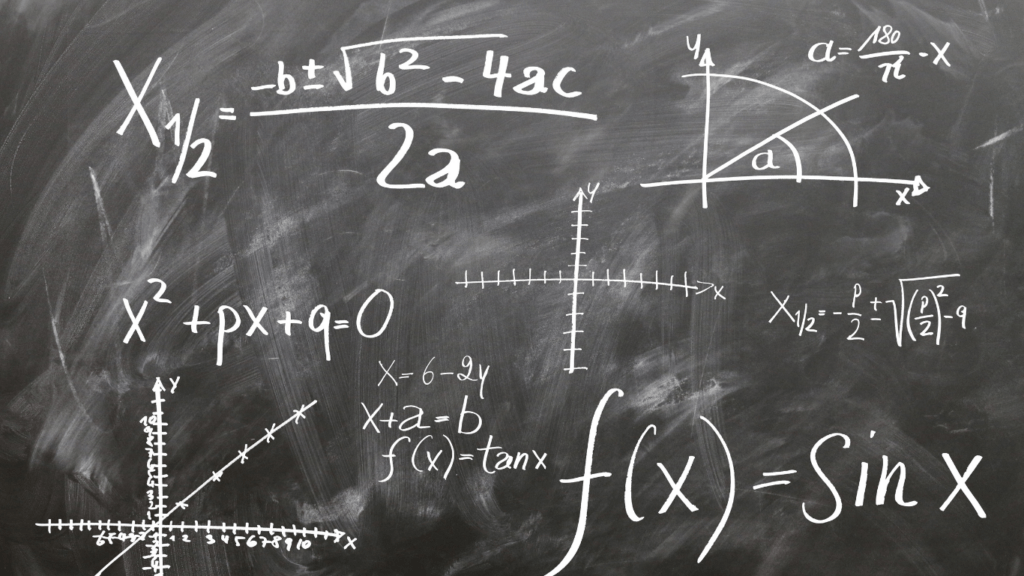Curious about how betting odds work? Dive into the world of betting with me as I unravel the complexities of fractional and decimal odds. Understanding these odds is crucial for anyone looking to make informed bets in sports or other events.
In this comprehensive guide, I’ll break down the differences between fractional and decimal odds, helping you grasp the fundamentals of how bookmakers present the probability of outcomes. By the end of this article, you’ll feel confident navigating the odds and making calculated decisions when placing your bets.
Exploring Betting Odds
When delving into the realm of betting odds, it’s crucial to grasp the intricacies of different formats. In this section, I’ll elucidate the nuances of fractional and decimal odds, offering insights to empower your betting decisions.
What are Fractional Odds?
Fractional odds represent the potential profit relative to the stake. For instance, odds of 2/1 mean a $1 bet could yield $2 in profit. Understanding this format is essential for gauging the potential returns on a bet accurately.
How to Read Fractional Odds
Interpreting fractional odds involves recognizing the relationship between the stake and the profit. In a 3/1 scenario, for every $1 wagered, the profit would be $3. Familiarizing yourself with this system is key to making informed betting choices.
When to Use Fractional Odds
Fractional odds are commonly utilized in the UK and Ireland, particularly in horse racing. Being well-versed in these odds is advantageous when engaging in betting markets where fractional odds prevail.
Transitioning to Decimal Odds
I’ll guide you through the process of understanding decimal odds for a seamless transition from fractional odds.
Understanding Decimal Odds
Decimal odds, also known as European odds, are a popular format for presenting betting odds. Unlike fractional odds, which represent the potential profit relative to the stake, decimal odds show the total payout, including the initial stake.
Calculation of Decimal Odds
To calculate the total payout with decimal odds, you simply multiply your wager by the decimal odds. For instance, if you bet $10 on odds of 3.00, your potential total return would be $30 ($10 wager x 3.00 odds). It’s essential to grasp this calculation to accurately assess potential winnings when using decimal odds.
Comparing Fractional and Decimal Odds
Exploring the distinctions between fractional and decimal odds enhances one’s comprehension of betting dynamics. While fractional odds are common in the UK and Ireland, decimal odds are more prevalent in European markets. Understanding both types is essential for making informed betting decisions.
- Fractional Odds: In fractional odds, the first number represents the potential profit, whereas the second number signifies the stake. For instance, odds of 2/1 denote that for every $1 wagered, the potential profit is $2. These odds are often used in horse racing and help bettors gauge their potential returns with a simple calculation.
- Decimal Odds: Decimal odds are widely used in European markets and present a different perspective from fractional odds. In this format, the odds include the initial stake in the total payout. For example, odds of 3.00 would mean that a $10 bet would result in a total return of $30. Understanding decimal odds is crucial for accurately estimating potential winnings.
By comparing fractional and decimal odds, bettors can adapt their betting strategies based on the type of odds presented, leading to more informed and calculated wagering decisions.



 Christina Alvardo is the author of Rush Gambler Win, a premier platform for staying ahead in the dynamic world of gambling. Renowned for her expertise, Christina delves into a wide range of topics, including casino games, sports betting, esports wagering, and the exciting realm of cryptocurrency gambling. Through her in-depth knowledge and practical advice, she offers players expert tips, strategies, and insights to enhance their gameplay, make smarter bets, and ultimately improve their chances of success. Whether you’re a seasoned gambler or a newcomer, Christina’s content ensures you stay informed and ahead of the curve.
Christina Alvardo is the author of Rush Gambler Win, a premier platform for staying ahead in the dynamic world of gambling. Renowned for her expertise, Christina delves into a wide range of topics, including casino games, sports betting, esports wagering, and the exciting realm of cryptocurrency gambling. Through her in-depth knowledge and practical advice, she offers players expert tips, strategies, and insights to enhance their gameplay, make smarter bets, and ultimately improve their chances of success. Whether you’re a seasoned gambler or a newcomer, Christina’s content ensures you stay informed and ahead of the curve.
